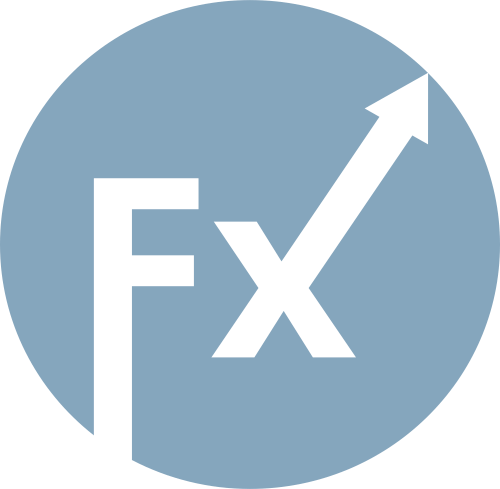


Stagflation looks like the most favorable option for the US economy, as the tariffs imposed by Donald Trump threaten recession and inflation. American markets have lost hope of protection from the Federal Reserve System from the consequences of these large-scale duties. And the main question now is the extent of the damage. The president's opposition to the idea of free trade has reached unprecedented proportions – the average tariff, previously less than 3%, could soar to 25% or higher this year. In the coming months, annual inflation is likely to rise to 5% due to rising import prices and the actions of domestic producers who will take advantage of the lack of competition to increase their prices. Demand will decrease as businesses postpone investments due to uncertainty, and consumers reduce spending, adjusting to tax increases of $600 billion or more. Even the tax cuts proposed by Congress will not be able to fully offset the effect. Restrictions on immigration and deportations will reduce the influx of labor, and a slowdown in productivity growth will reduce the steady growth rate of real GDP to 1% from 2.5-3%, as it was before. The likely outcome will be a recession accompanied by inflation.

RYCHLÉ ODKAZY